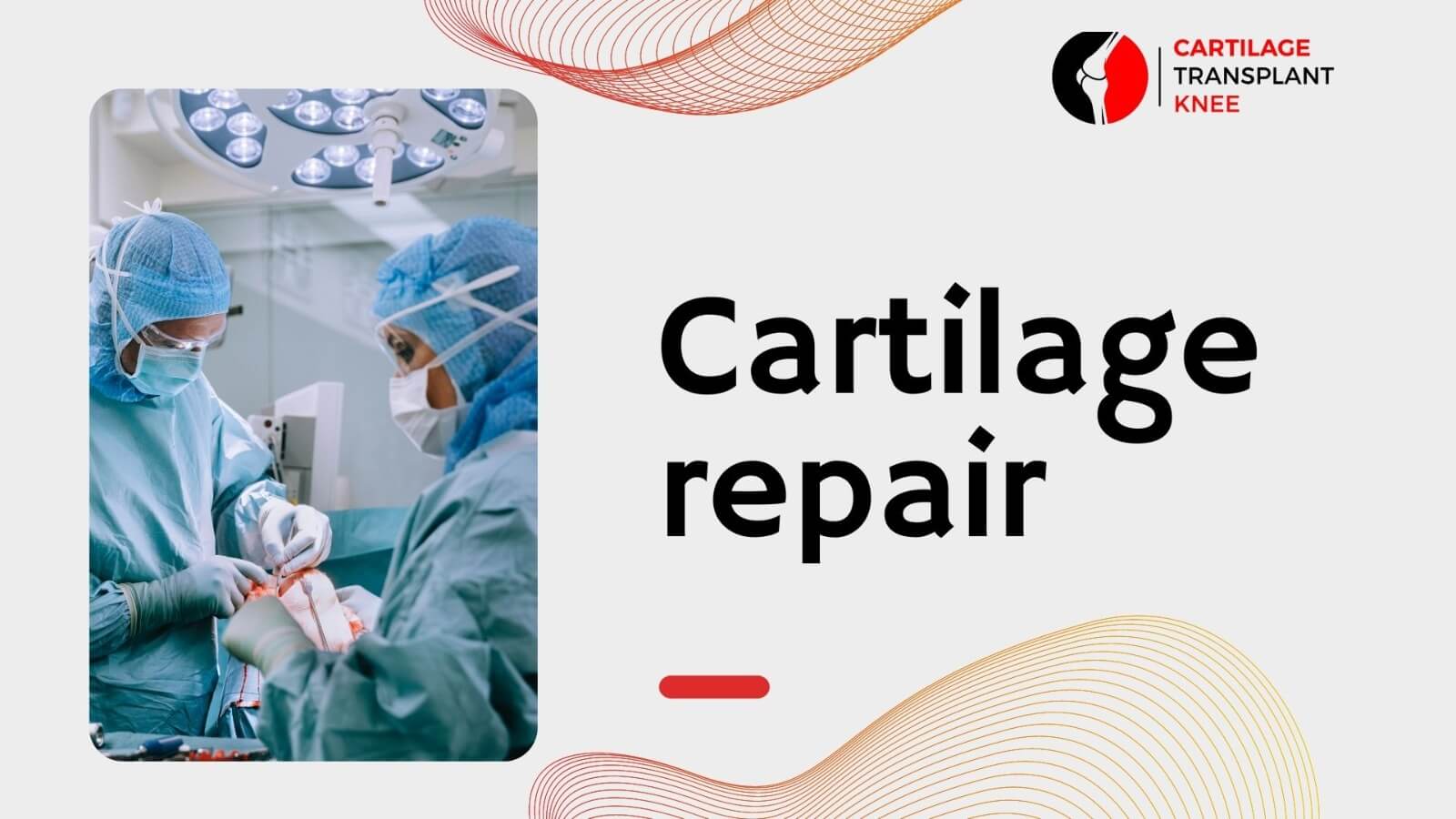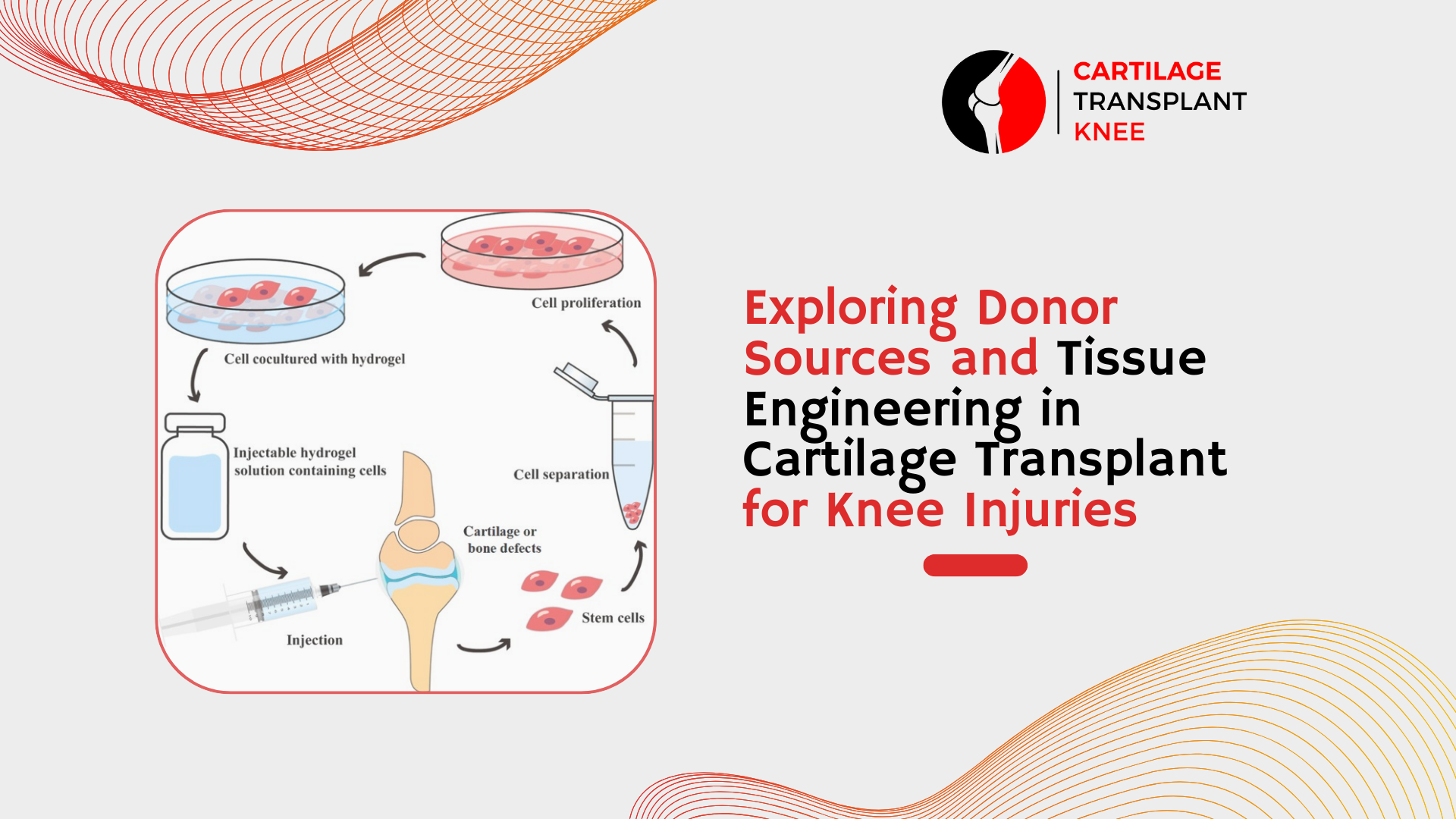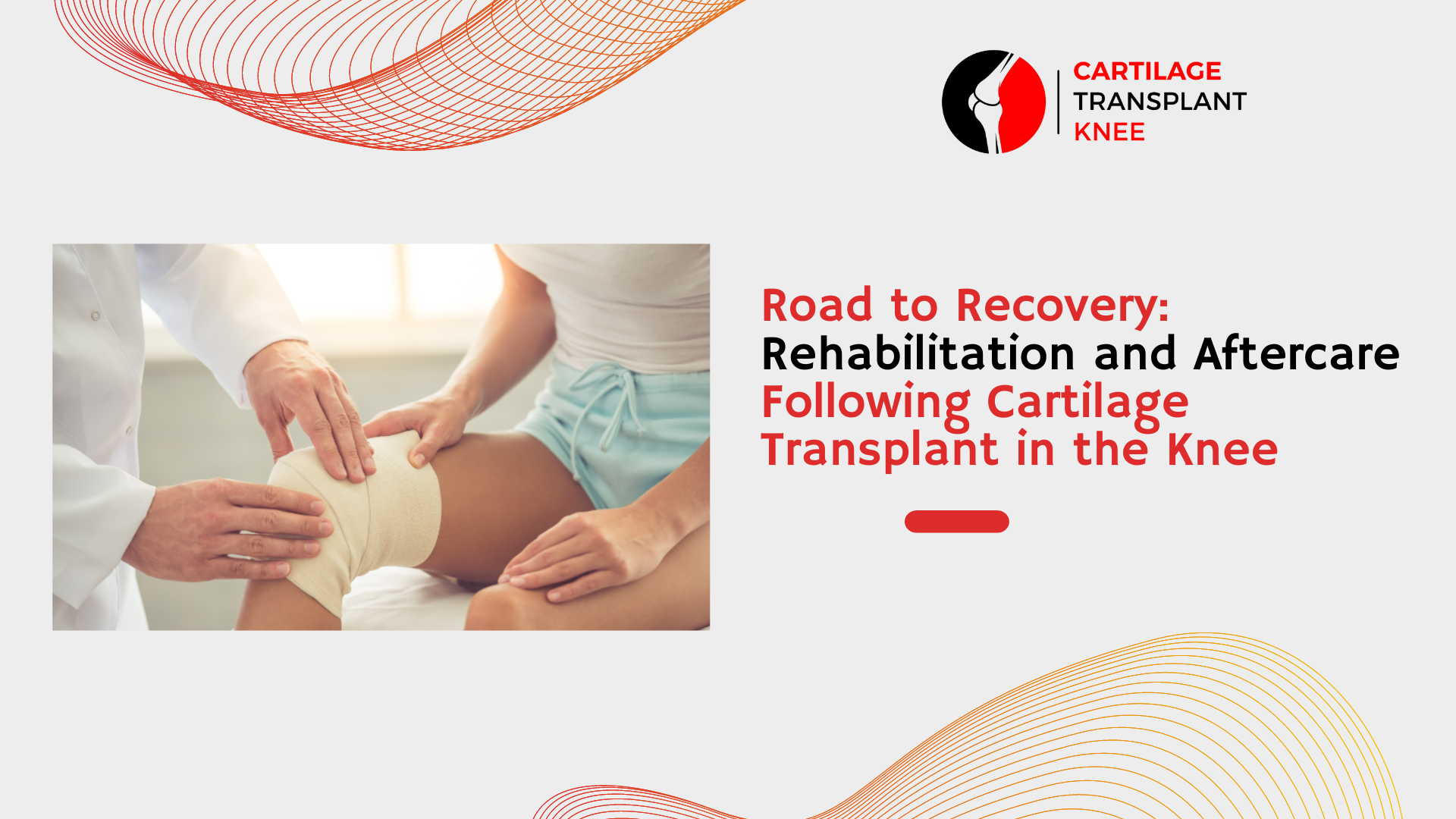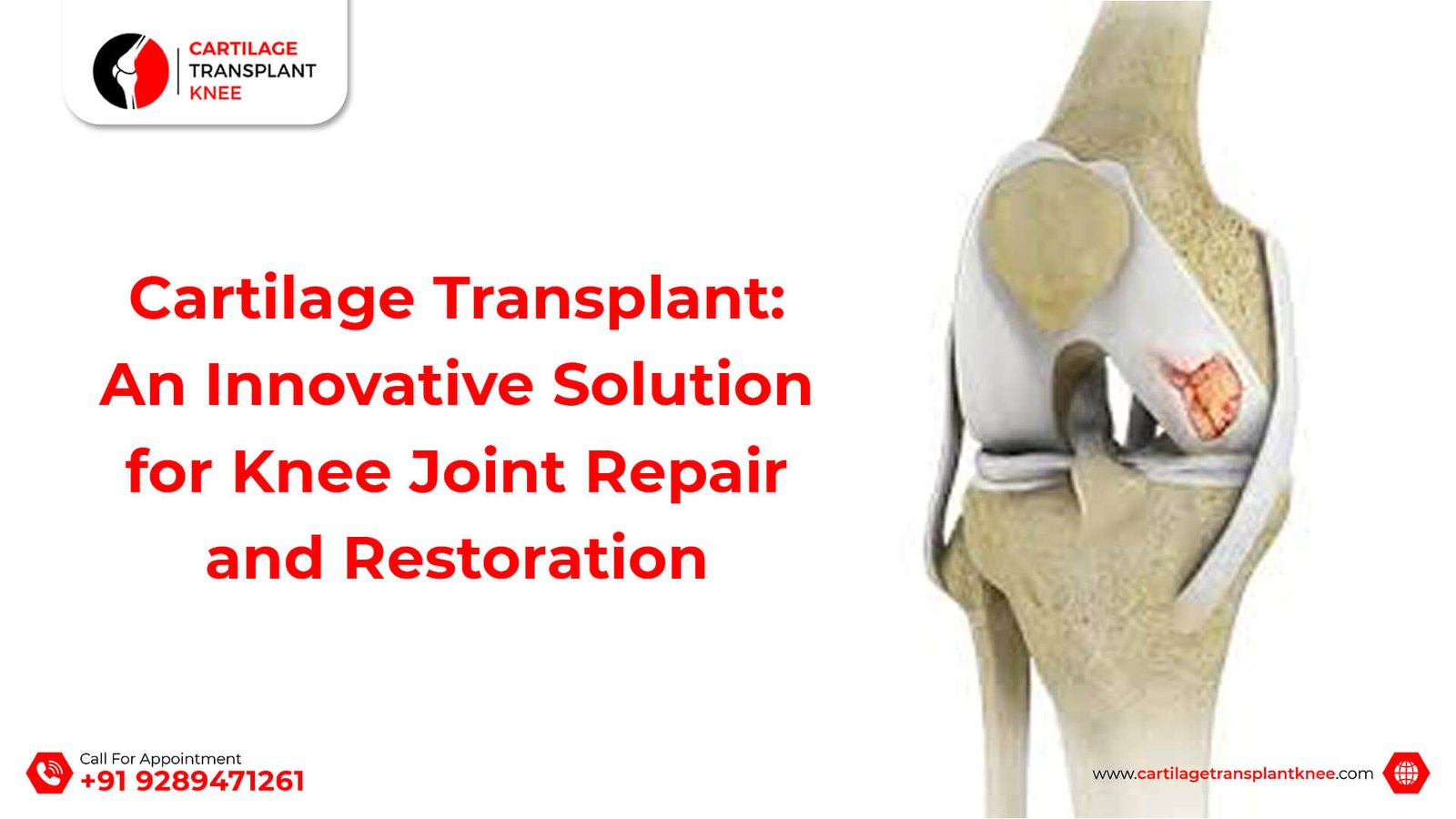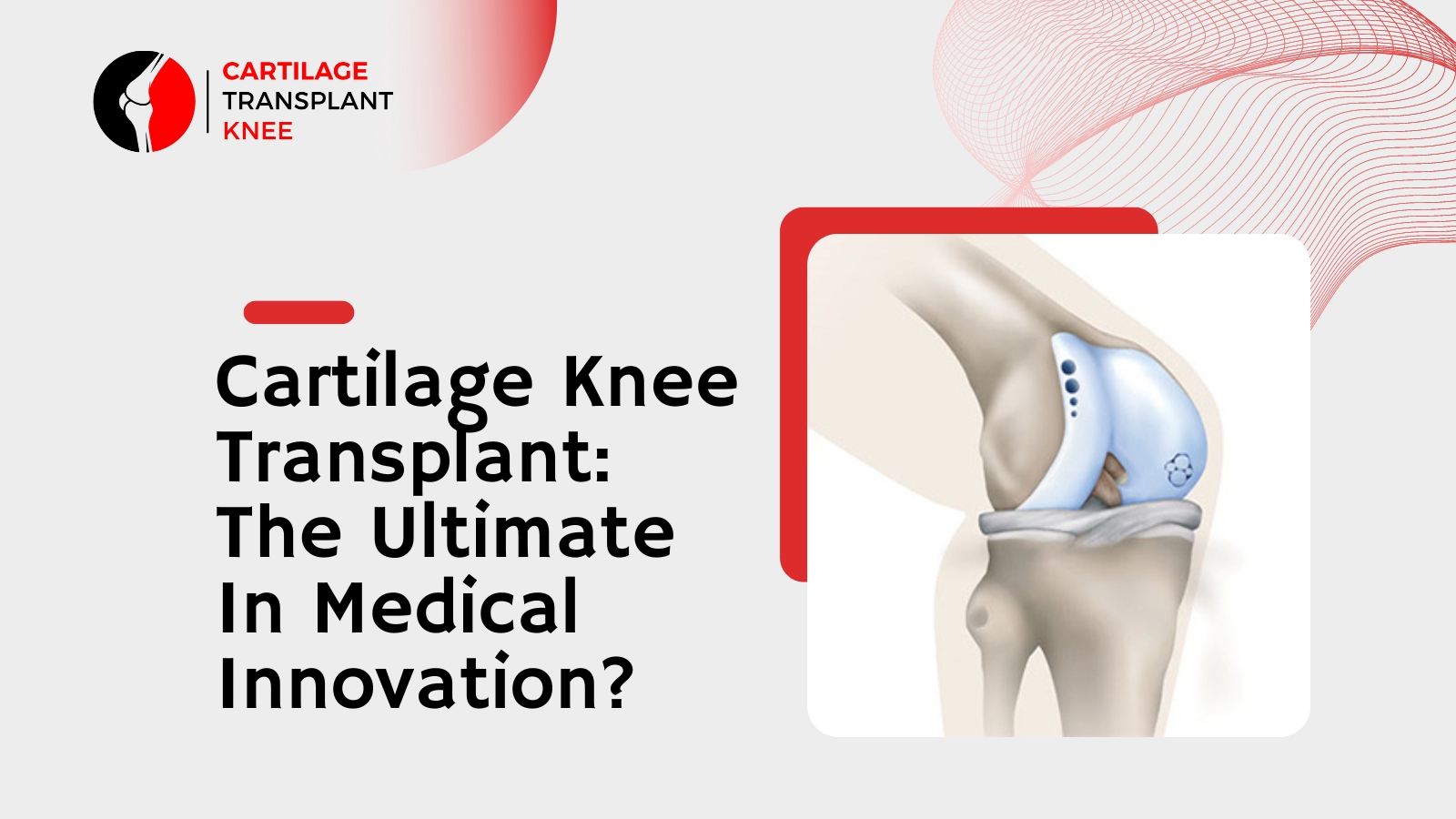Cartilage is a connective tissue that covers the surface of bones in joints, providing cushioning and allowing smooth movement. However, it can be damaged due to injury, wear and tear, or certain medical conditions. Cartilage damage can cause pain, stiffness, and reduced mobility, and may eventually lead to osteoarthritis. Fortunately, there are several cartilage repair techniques available that can help restore damaged cartilage and improve joint function. In this blog, we will discuss some of the common cartilage repair techniques.
1. Microfracture
Microfracture is a minimally invasive procedure that involves making small holes in the bone beneath the damaged cartilage to stimulate the formation of new cartilage. The procedure can be done arthroscopically and is often used for small cartilage defects. It has a good success rate and requires a short recovery time.
2. Autologous Chondrocyte Implantation (ACI)
ACI involves the removal of healthy cartilage cells from the patient's body, which are then grown in a laboratory and implanted back into the damaged area. The procedure requires two surgeries, with the first one being the removal of the healthy cells and the second one being the implantation. ACI is often used for larger cartilage defects and has a high success rate.
3. Osteochondral Autograft Transplantation (OATS)
OATS involves the transplantation of healthy cartilage and bone from one area of the body to the damaged area. The procedure is usually done arthroscopically and is often used for small to medium-sized defects. OATS has a good success rate and can help restore joint function.
4. Matrix-Induced Autologous Chondrocyte Implantation (MACI)
MACI involves the use of a collagen membrane to hold the patient's own cartilage cells in place. The membrane is surgically implanted into the damaged area, and the cells grow into new cartilage. MACI is often used for medium-sized defects and has a high success rate.
5. Allograft Transplantation
Allograft transplantation involves the use of cartilage and bone from a donor to replace the damaged cartilage. The procedure can be done arthroscopically and is often used for larger cartilage defects. Allograft transplantation has a good success rate and can help restore joint function.
In conclusion, cartilage repair techniques can help restore damaged cartilage and improve joint function. The choice of technique depends on the size and location of the defect, as well as the patient's overall health and medical history. It is important to consult with a qualified orthopedic surgeon to determine the best treatment plan for your specific situation.

